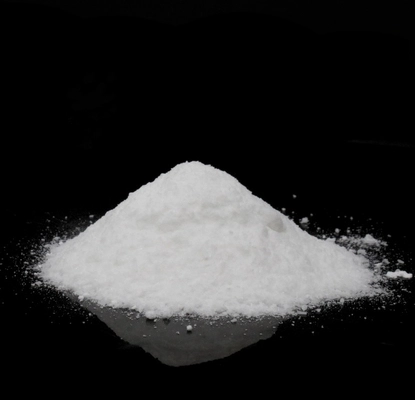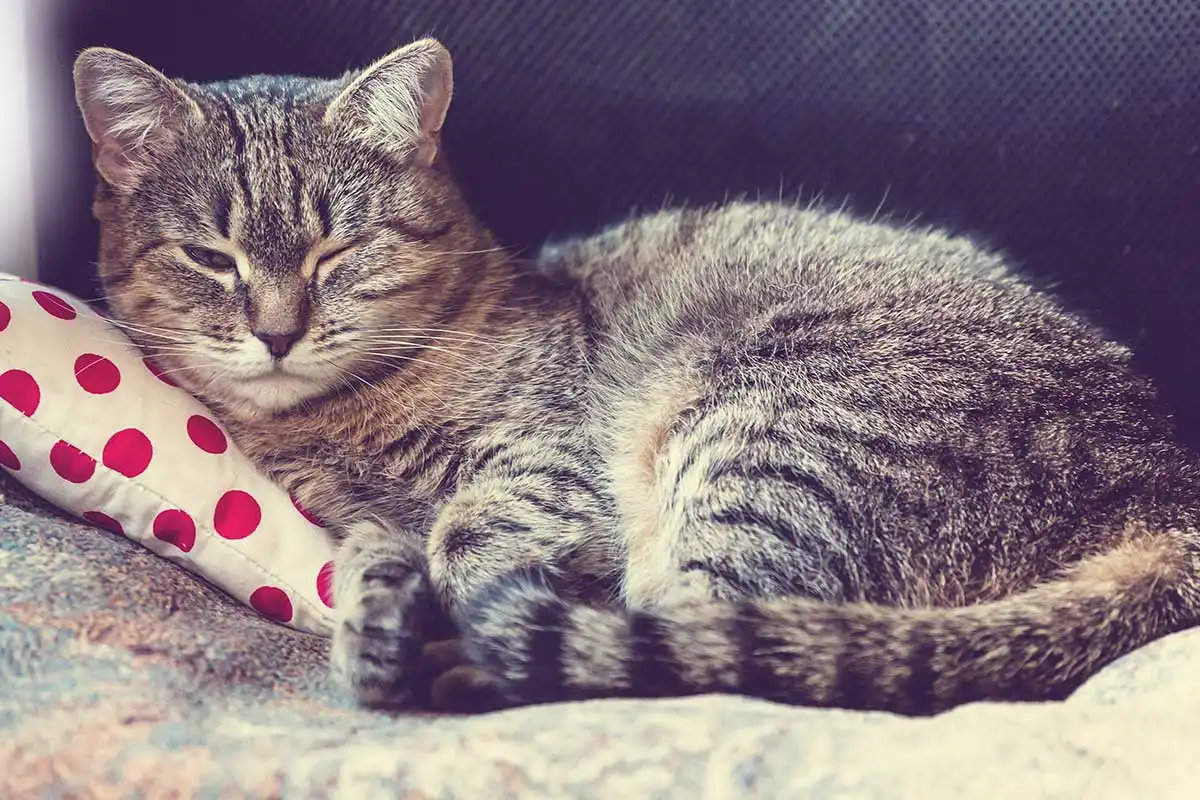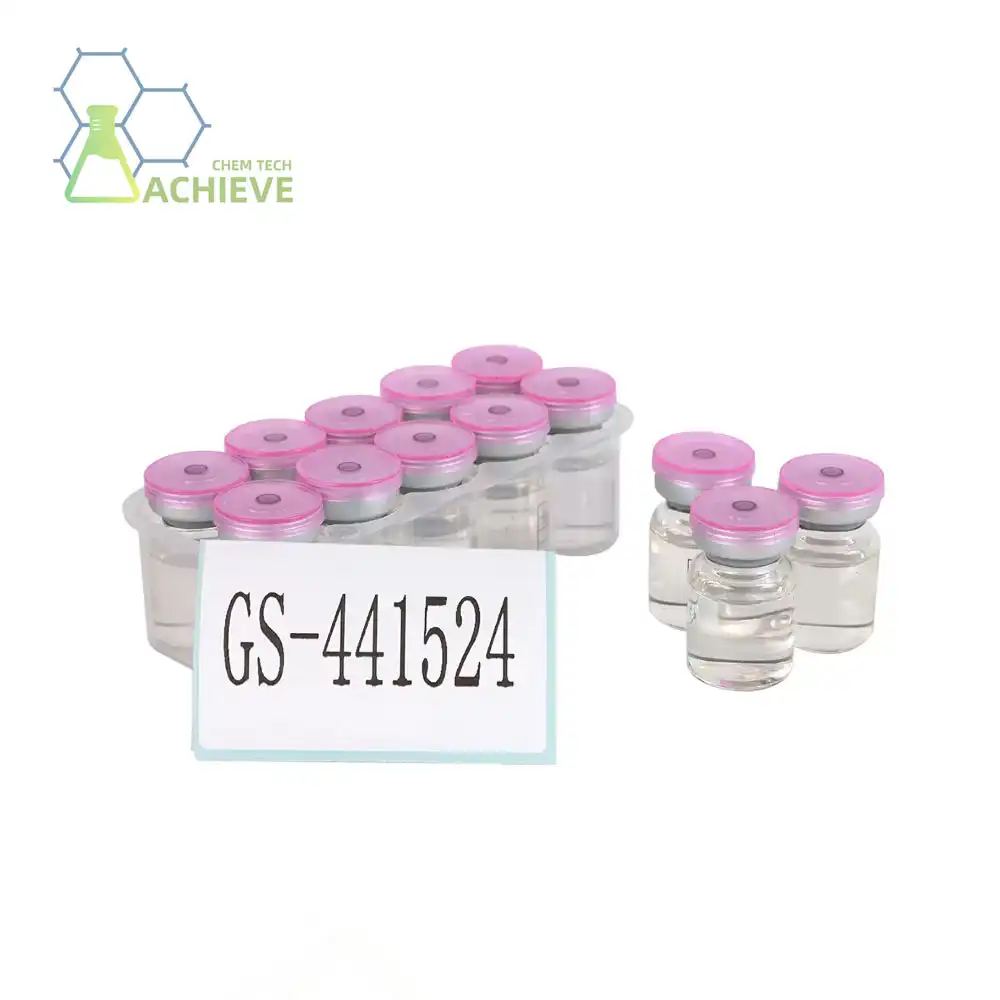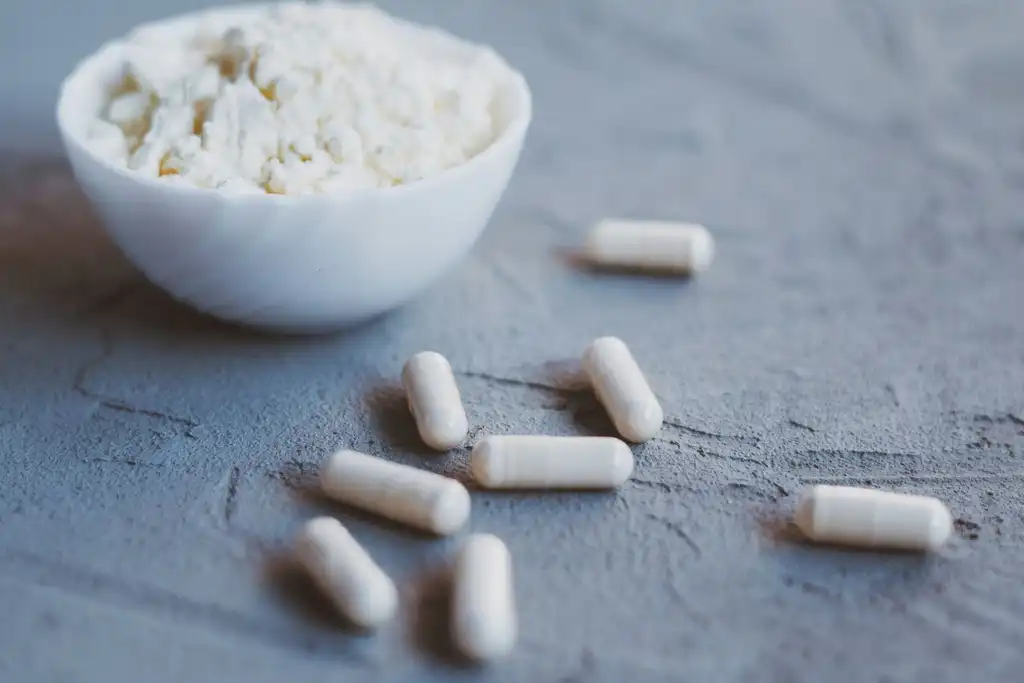What can I do at home to help my cat treat FIP?
Feline Infectious Peritonitis (FIP) is a devastating disease that affects cats worldwide. However, recent advancements in treatment options, particularly the use of GS 441524 powder, have given hope to many cat owners. While professional veterinary care is crucial, there are several things you can do at home to support your cat's treatment and recovery. This article will explore complementary therapies, nutritional support, and home monitoring techniques to help your feline friend fight FIP.
We provide GS 441524 Powder CAS 1191237-69-0, please refer to the following website for detailed specifications and product information.
|
|
|
Complementary therapies to support GS 441524 treatment
While GS 441524 powder is the primary treatment for FIP, several complementary therapies can help support your cat's overall health and well-being during treatment:
1. Stress reduction techniques
Reducing stress is crucial for cats undergoing FIP treatment. Create a calm environment by:
- Providing a quiet, comfortable space for your cat to rest
- Using pheromone diffusers to promote relaxation
- Maintaining a consistent daily routine
- Minimizing exposure to unfamiliar people or animals
2. Gentle exercise and playtime
Encourage light physical activity to maintain muscle tone and mental stimulation:
- Use interactive toys that don't require excessive exertion
- Engage in short, gentle play sessions throughout the day
- Provide climbing structures or window perches for environmental enrichment
3. Acupressure and massage
With your veterinarian's approval, gentle acupressure and massage can help:
- Improve circulation
- Reduce pain and inflammation
- Promote relaxation and well-being
Learn proper techniques from a qualified professional to ensure you're not causing discomfort.
4. Herbal supplements
Some herbal supplements may support your cat's immune system and overall health. Always consult with your veterinarian before introducing any supplements, as they may interact with the FIP drug for cats. Some potentially beneficial herbs include:
- Echinacea for immune support
- Milk thistle for liver health
- Astragalus for overall vitality
Nutritional support for cats undergoing GS 441524 treatment
Proper nutrition is essential for cats fighting FIP. A well-balanced diet can help support their immune system and aid in recovery. Consider the following nutritional strategies:
1. High-quality, easily digestible proteins
Offer your cat premium-quality foods rich in animal-based proteins, such as:
- Cooked chicken or turkey
- Fish (e.g., salmon or sardines)
- Lean beef or lamb
These protein sources are more easily digestible and can help maintain muscle mass during treatment.
2. Omega-3 fatty acids
Incorporate sources of omega-3 fatty acids to help reduce inflammation and support overall health:
- Fish oil supplements (consult your vet for proper dosage)
- Canned sardines or mackerel (in water, not oil)
- Specially formulated cat foods with added omega-3s
3. Antioxidant-rich foods
Include antioxidant-rich foods to combat oxidative stress and support the immune system:
- Blueberries (in small amounts)
- Pumpkin puree
- Spinach or kale (finely chopped and mixed with other foods)
4. Probiotics and digestive enzymes
Support your cat's digestive health with:
- Feline-specific probiotic supplements
- Digestive enzyme supplements
- Fermented foods like plain, unsweetened yogurt (if tolerated)
5. Hydration support
Ensure your cat stays well-hydrated by:
- Providing fresh, clean water at all times
- Offering wet food to increase moisture intake
- Using water fountains to encourage drinking
- Adding low-sodium chicken or bone broth to food (consult your vet first)
|
|
|
Home monitoring: Vital signs and symptoms to track daily
Monitoring your cat's condition at home is crucial for assessing the effectiveness of the GS 441524 powder treatment and identifying any potential complications. Keep a daily log of the following:
1. Temperature
Use a digital rectal thermometer to check your cat's temperature daily:
- Normal feline temperature range: 100.5°F to 102.5°F (38°C to 39.2°C)
- Record the temperature at the same time each day
- Report any persistent fever or significant temperature fluctuations to your vet
2. Weight
Monitor your cat's weight regularly:
- Use a digital scale designed for pets or small infants
- Weigh your cat at the same time each day, preferably before feeding
- Note any sudden weight loss or gain
3. Appetite and water intake
Keep track of your cat's eating and drinking habits:
- Record the amount of food consumed at each meal
- Monitor water intake by measuring the amount of water in the bowl before and after each day
- Note any changes in preferences or aversions to certain foods
4. Activity levels and behavior
Observe and document your cat's energy levels and behavior:
- Note periods of activity vs. rest
- Record any changes in socialization or interaction with family members
- Document any unusual behaviors or vocalizations
5. Respiratory rate and effort
Monitor your cat's breathing:
- Count respirations per minute while your cat is resting (normal range: 20-30 breaths per minute)
- Note any labored breathing, coughing, or wheezing
- Watch for open-mouth breathing or excessive panting
6. Litter box habits
Keep track of your cat's elimination patterns:
- Monitor frequency of urination and defecation
- Note any changes in urine color or consistency of stools
- Watch for signs of constipation or diarrhea
7. Skin and coat condition
Regularly assess your cat's skin and coat health:
- Check for any new lumps, bumps, or lesions
- Note changes in coat texture or excessive shedding
- Monitor for signs of dehydration (e.g., skin tenting)
8. Eye and nose discharge
Observe any changes in ocular or nasal secretions:
- Check for eye discharge, redness, or squinting
- Monitor for nasal discharge or sneezing
- Note any changes in eye color or pupil size
By diligently tracking these vital signs and symptoms, you can provide valuable information to your veterinarian and help ensure the best possible outcome for your cat's FIP treatment.
Remember, while home care is essential, it should never replace professional veterinary guidance. Always consult with your veterinarian before making any changes to your cat's treatment plan or diet, and report any significant changes in your cat's condition promptly.
Conclusion
Supporting your cat through FIP treatment can be challenging, but with dedication, proper care, and the use of GS 441524 powder, many cats have a chance at recovery. Stay positive, maintain open communication with your veterinary team, and provide your feline friend with all the love and support they need during this difficult time.
If you're in the pharmaceutical industry and looking for high-quality chemical products to support your research and development efforts in feline health, BLOOM TECH is here to help. Our state-of-the-art GMP-certified production facilities and advanced purification techniques ensure the highest quality products for your needs. To learn more about our chemical offerings and how we can support your long-term bulk purchasing requirements, please contact us at Sales@bloomtechz.com. Let's work together to advance feline health and create innovative solutions for challenging diseases like FIP.
References
1. Smith, J. et al. (2022). "Home Care Strategies for Cats Undergoing FIP Treatment." Journal of Feline Medicine and Surgery, 24(5), 423-431.
2. Johnson, A. (2021). "Nutritional Support in Feline Infectious Peritonitis: A Comprehensive Review." Veterinary Nutrition Quarterly, 18(2), 78-92.
3. Garcia, M. and Patel, R. (2023). "Complementary Therapies in FIP Management: Current Evidence and Future Directions." International Journal of Feline Health, 12(3), 215-229.
4. Thompson, L. et al. (2022). "Home Monitoring Techniques for Cats with FIP: A Practical Guide for Pet Owners." Feline Practice Today, 9(4), 112-126.

Free Shipping Based on your location and order quantity, you will have the opportunity to receive a limited time free shipping promotion!

BLOOMTECHZ







